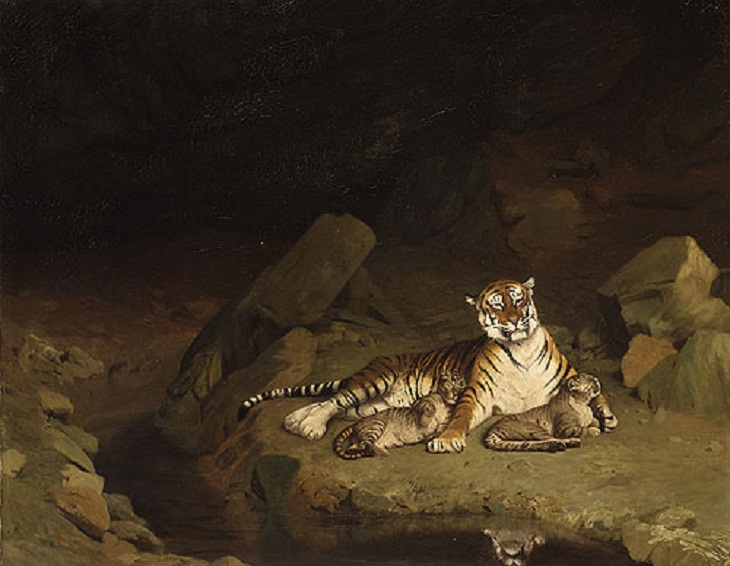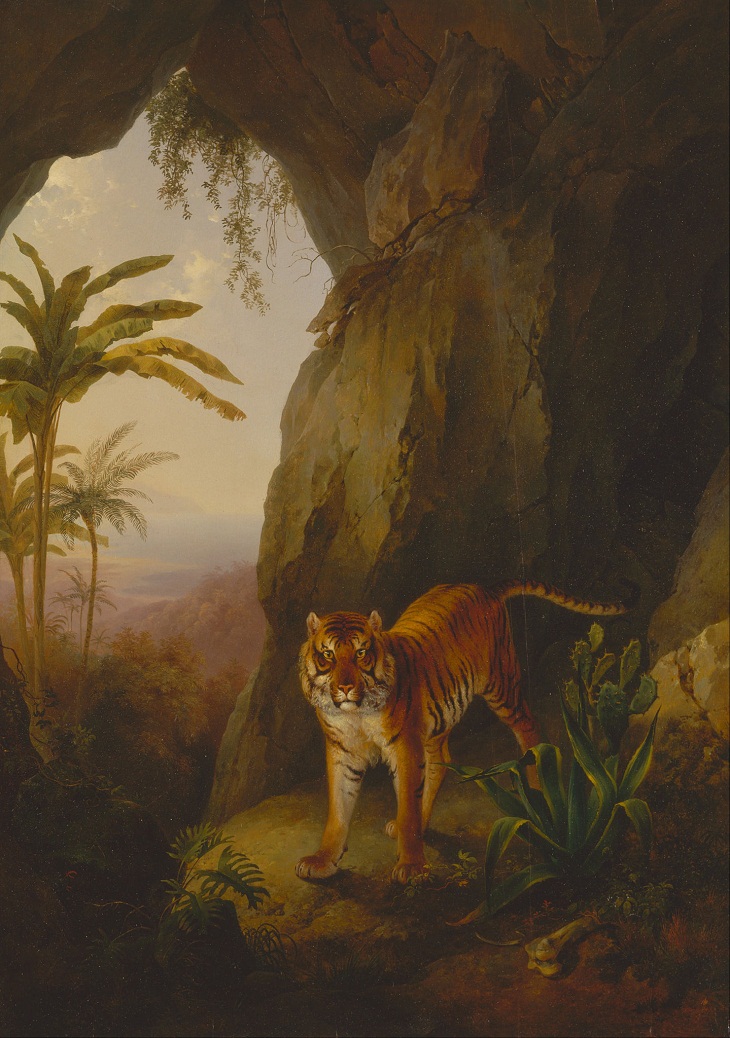
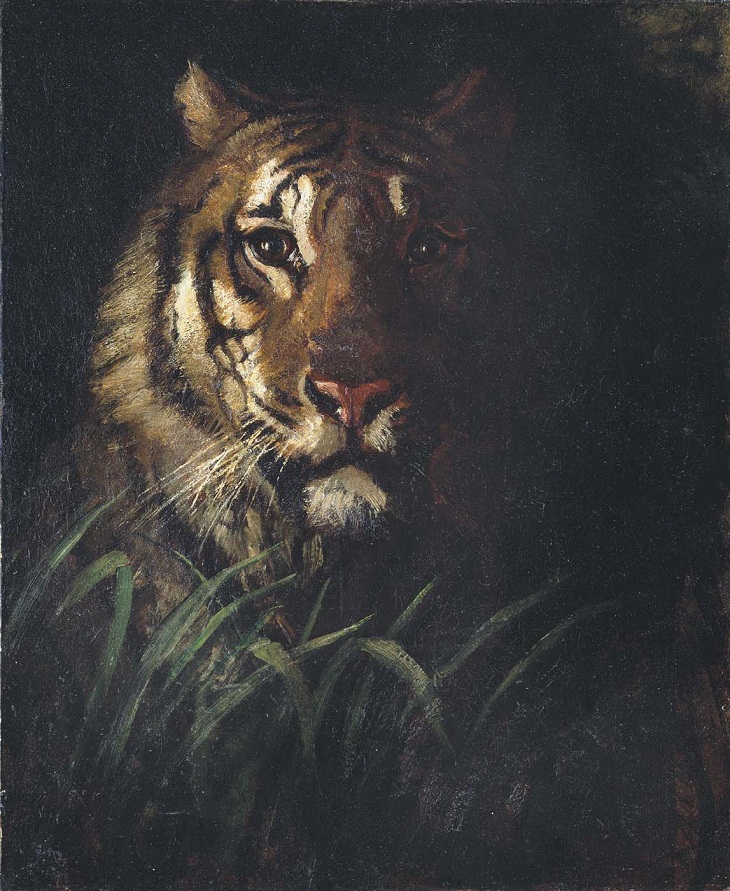
In the East, tigers have long symbolized strength and power, commanding both fear and respect. Asian art and literature use them as potent symbols of authority. In Chinese culture, the character denoting "king" resembles the distinctive markings on a tiger's forehead, solidifying the association between these majestic felines and power. Additionally, various martial arts methods have also drawn influence from the graceful, powerful movements of tigers.
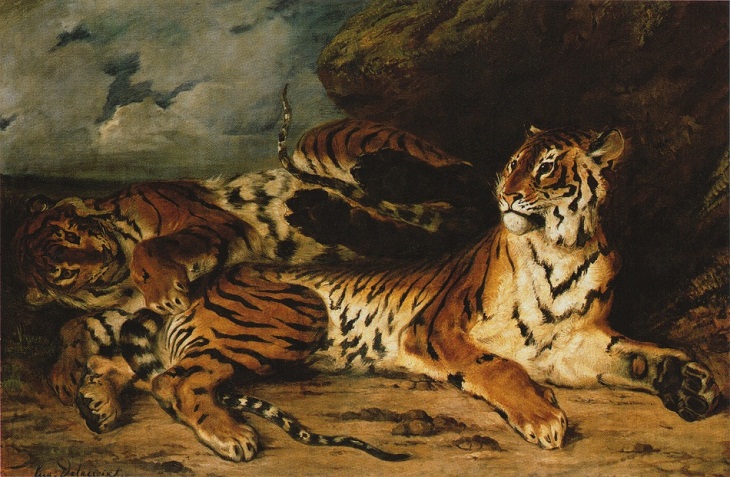
Although tigers are not native to Japan, the arrival of traveling monks from China introduced the country to magnificent paintings portraying these awe-inspiring creatures. In the 16th century, such artwork gained immense popularity in Japan. Local artists, captivated by the sheer size and might of tigers, began creating imaginative scenes featuring these exotic animals.
Tigers also held a profound significance in Hindu devotion. Illustrations from the 19th century depict yogis levitating above tiger skin mats, which were believed to prevent the dissipation of vital energy into the earth. This portrayal underscores the reverence with which the apex predators were regarded in Hindu culture.

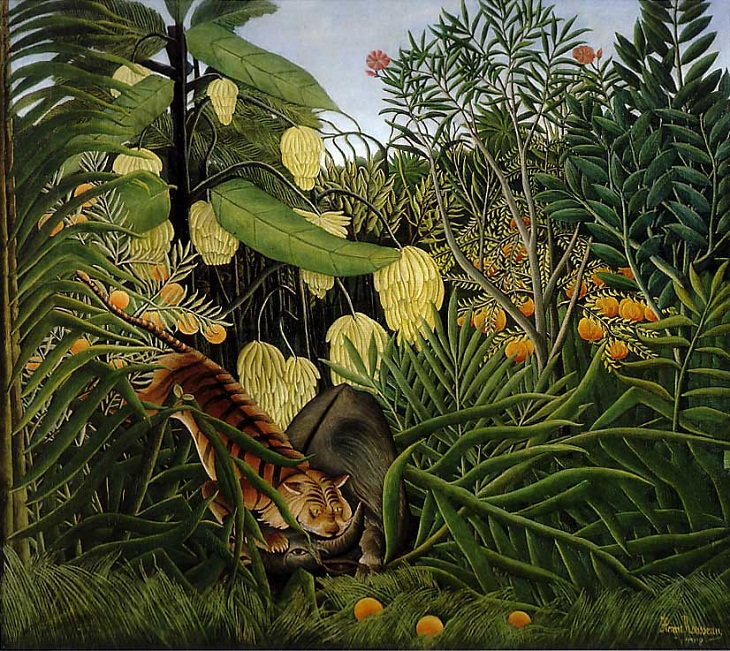
During the early 17th century, tigers made their way into the consciousness of Europeans, initially encountered in zoos. Even King James I had one among the prized animals housed in his royal menagerie at the Tower of London. However, well before these encounters, writers were already fixated on the animal's strength and ferocity. In Shakespeare's play Henry V, the warrior king urged his troops to "imitate the action of the tiger" on the battlefield.
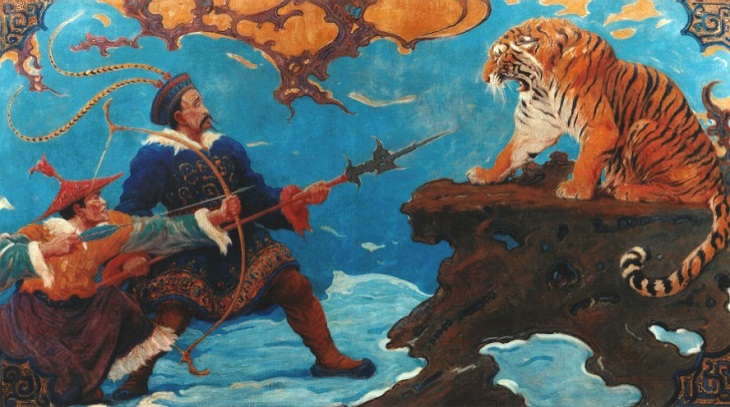
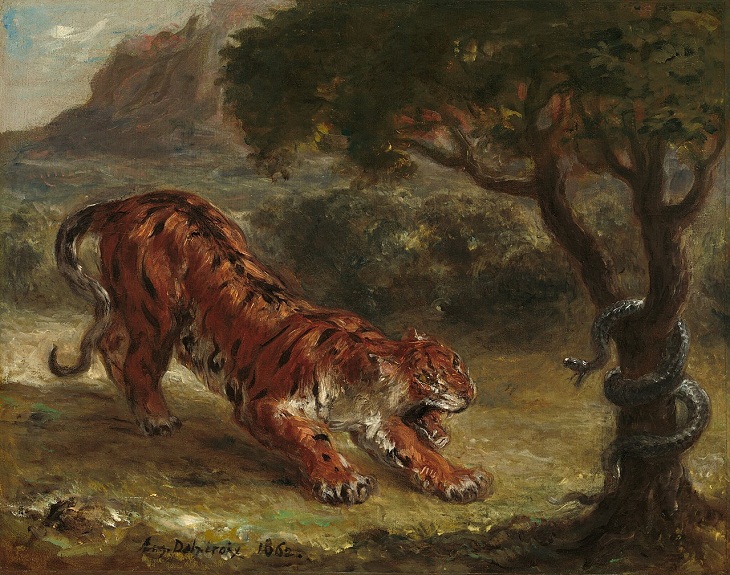
It was not until the late 18th century that an artist truly grasped the inherent beauty of tigers. Poet William Blake captured their allure in his 1794 poem, "The Tyger":
Tyger Tyger, burning bright, In the forests of the night; What immortal hand or eye, Could frame thy fearful symmetry?
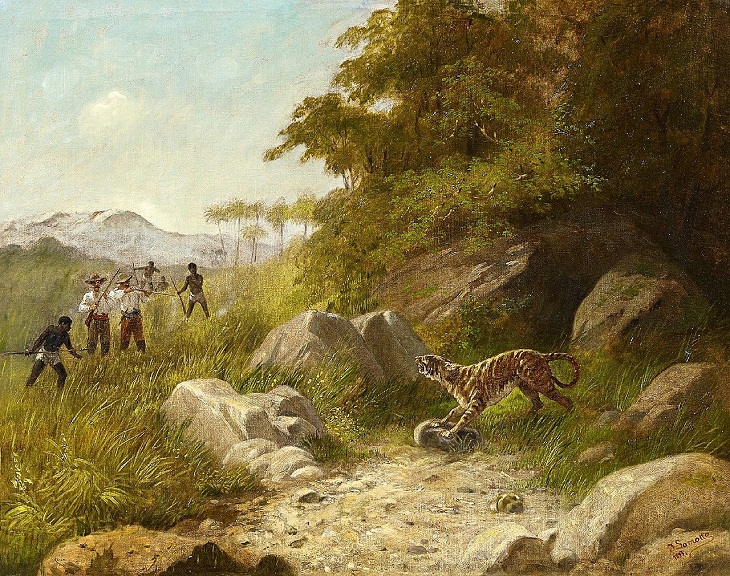
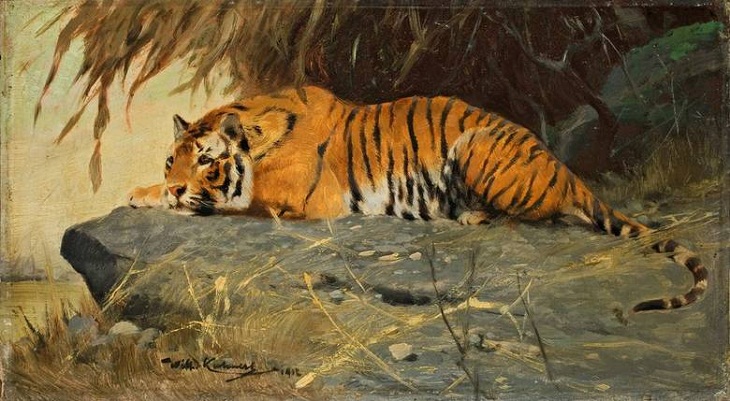
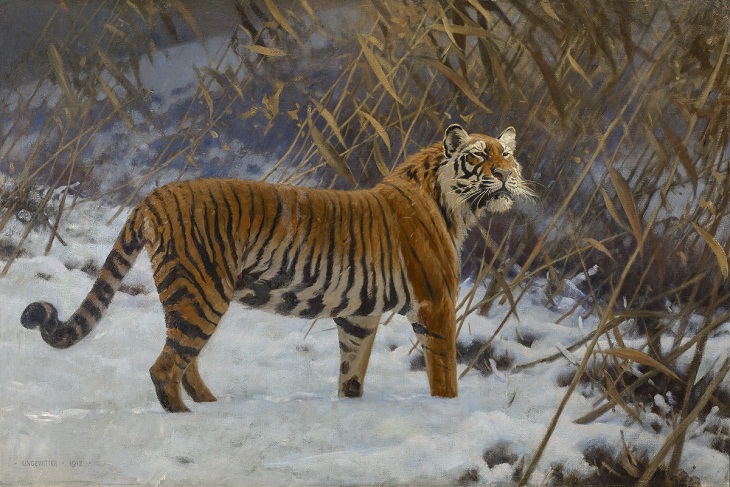
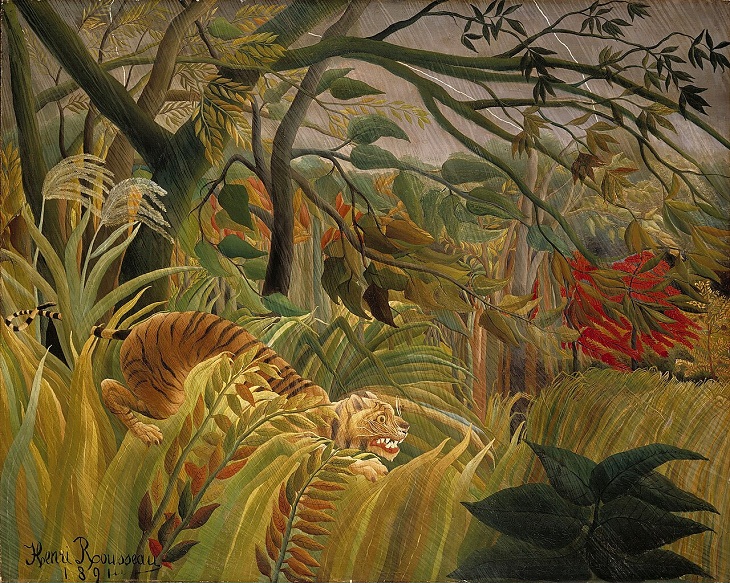
In the late nineteenth century, the allure of exotic lands and creatures captivated the French public. Responding to this fascination, post-impressionist artist Henri Rousseau created "Surprise!" in 1891. This renowned painting, currently exhibited at London's National Gallery, depicts a menacing feline stealthily navigating through the jungle.
Although Rousseau never encountered a tiger in its natural habitat, it is likely that his inspiration derived from earlier illustrations and visits to Parisian botanical gardens. His subsequent works feature tigers, either in pursuit of their prey or being pursued by them.
